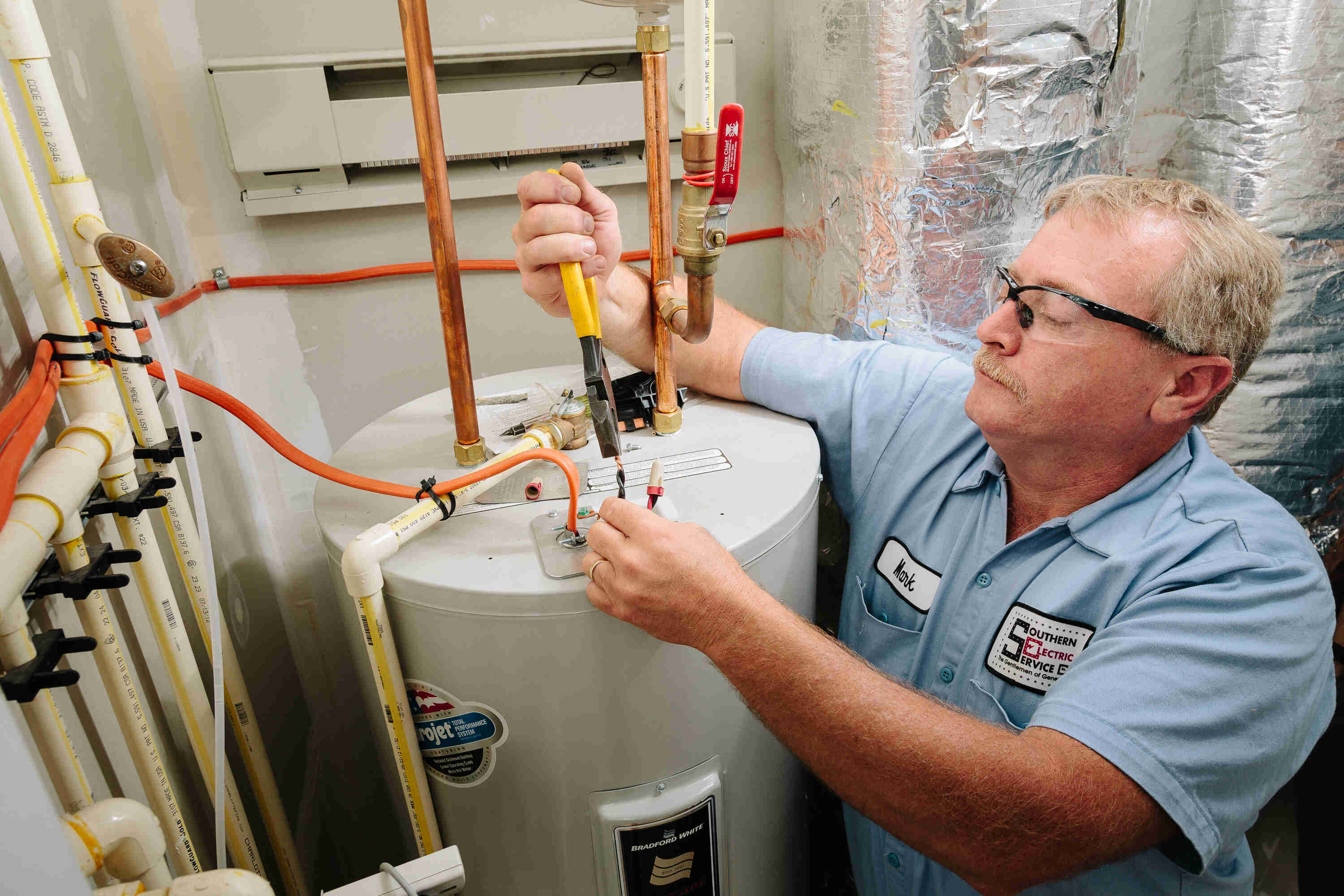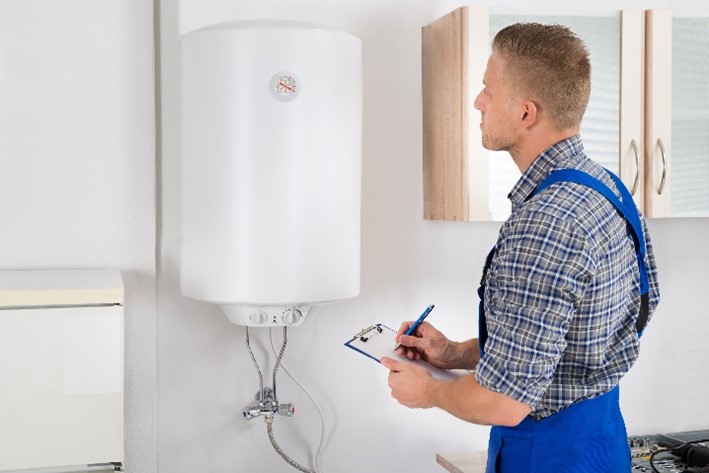Steps to Properly Maintain Your Home's Hot Water SystemExpert Guidance on Caring for Your Home's Hot Water System
Steps to Properly Maintain Your Home's Hot Water SystemExpert Guidance on Caring for Your Home's Hot Water System
Blog Article
Just about every person is bound to have their own unique rationale in relation to How to Maintain Your Water Heater & Prolong its Life.

Warm water is vital for day-to-day comfort, whether it's for a revitalizing shower or cleaning dishes. To guarantee your warm water system runs effectively and lasts longer, normal maintenance is essential. This write-up offers functional pointers and insights on exactly how to keep your home's hot water system to prevent disturbances and costly repair work.
Intro
Keeping your home's warm water system might appear complicated, yet with a couple of simple steps, you can guarantee it runs smoothly for many years ahead. This overview covers everything from comprehending your warm water system to do it yourself maintenance pointers and recognizing when to call in professional help.
Significance of Maintaining Your Hot Water System
Routine upkeep not just extends the lifespan of your hot water system however additionally guarantees it runs efficiently. Overlooking upkeep can bring about reduced effectiveness, higher power costs, and also early failing of the system.
Indicators Your Warm Water System Demands Upkeep
Knowing when your hot water system requires interest can avoid major concerns. Watch out for signs such as irregular water temperature level, weird sounds from the heating system, or corroded water.
Understanding Your Hot Water System
Prior to diving right into upkeep jobs, it's practical to recognize the standard elements of your hot water system. Usually, this includes the water heater itself, pipelines, anode poles, and temperature level controls.
Month-to-month Maintenance Tasks
Routine monthly checks can aid capture minor concerns prior to they escalate.
Purging the Hot Water Heater
Flushing your water heater removes sediment buildup, enhancing efficiency and extending its life.
Monitoring and Replacing Anode Rods
Anode poles protect against rust inside the container. Examining and replacing them when worn out is crucial.
Examining and Adjusting Temperature Setups
Changing the temperature setups guarantees optimal performance and security.
DIY Tips for Upkeep
You can do a number of upkeep tasks on your own to keep your hot water system in leading problem.
Looking for Leakages
Routinely inspect pipelines and connections for leakages, as these can cause water damage and greater expenses.
Evaluating Stress Alleviation Valves
Evaluating the stress relief valve guarantees it works correctly and stops excessive stress accumulation.
Insulating Pipes
Insulating hot water pipes minimizes warm loss and can conserve energy.
When to Call a Specialist
While DIY upkeep is advantageous, some concerns need professional knowledge.
Complex Problems Requiring Expert Help
Instances consist of major leakages, electrical troubles, or if your water heater is continually underperforming.
Routine Professional Maintenance Perks
Professional maintenance can consist of thorough examinations, tune-ups, and guaranteeing conformity with security criteria.
Conclusion
Normal maintenance of your home's hot water system is necessary for efficiency, long life, and expense savings. By adhering to these suggestions and recognizing when to seek specialist aid, you can ensure a dependable supply of hot water without unanticipated disruptions.
How to Maintain an Instant Hot Water Heater
Before tinkering with your hot water heater, make sure that it’s not powered on. You also have to turn off the main circuit breaker and shut off the main gas line to prevent accidents. Also turn off the water valves connected to your unit to prevent water from flowing into and out of the appliance. 2. When you’re done, you have to detach the purge valves’ caps. These look like the letter “T” and are situated on either side of the water valves. Doing so will release any pressure that has accumulated inside the valves while at the same time avoid hot water from shooting out and burning your skin. 3. When the purge valves’ caps are removed, you have to connect your hosing lines to the valves. Your unit should have come with three hoses but if it didn’t, you can purchase these things from any hardware or home repair shops. You can also get them from retail stores that sell water heating systems. Read the user’s manual and follow it to complete this task properly. When the hosing lines are connected, open the purge port’s valves. 4. You should never use harsh chemical cleaners or solutions when cleaning your unit. Make use of white vinegar instead. It should be undiluted and you’ll probably use about 2 gallons. 5. Now flush your water heater. This task should probably take about 40 minutes. We can’t give you specific directions for this because the procedure is carried out depending on the type, model and brand of your heater. With that being said, refer to the user’s manual. 6. When you’re done draining the unit, you have to turn off the purge port valves again. Remove the hosing lines that you earlier installed on each of the water valves. Put the valve caps (purge port) back in their respective places and be very careful so as not to damage the rubber discs that are found inside these caps. 7. Now that everything’s back in place, check your user’s manual again to find out how to reactivate your water heating system. 8. Once it is working, turn one of your hot water faucets on just to let air pass through the heater’s water supply pipes. Leave the tap on until water flows smoothly out of it. https://www.orrplumbing.com/blog/2014/september/how-to-maintain-an-instant-hot-water-heater/

As a person who reads on Water Heater Maintenance Tips You Can't Afford to Forget, I was thinking sharing that piece of content was worthwhile. Those who enjoyed reading our blog entry please don't forget to pass it around. Bless you for your time. Come back soon.
Book Your Appointment Report this page